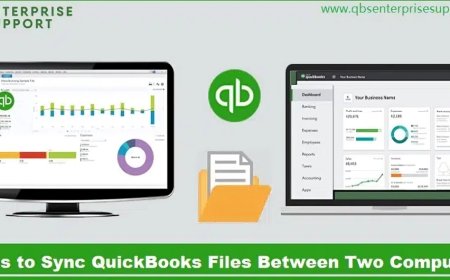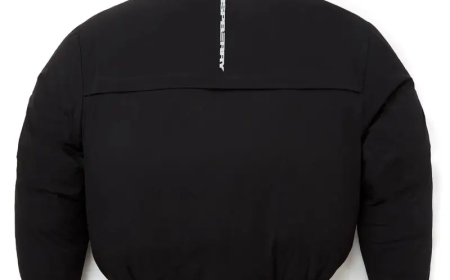Protecting Profits with Smart Hedging in Commodities Trading

Trading is about opportunity, but for many involved in commodities trading, it's just as much about protection. Hedging is the strategy that lets you do both. Whether you're a farmer looking to lock in crop prices or a trader aiming to reduce risk, understanding how hedging works can help you stay ahead of sudden price moves without stepping out of the market entirely.
The Purpose Behind Hedging
At its core, hedging is about reducing uncertainty. Markets fluctuate due to weather events, geopolitical shifts, supply chain disruptions, and changes in demand. While traders may welcome volatility, businesses and producers often need stability. Thats where hedging comes in. It allows participants to secure future prices, protect revenue, and make financial plans with more confidence.
In commodities trading, hedging typically involves taking an opposite position in a related market. This counterposition moves in a way that offsets potential losses, creating a cushion against sharp declines or spikes.
Futures Contracts as Hedging Tools
Futures contracts are among the most common hedging instruments. A wheat farmer, for example, might sell futures contracts before harvest to lock in a specific price. If the market drops by the time the crop is ready, the loss in physical value is offset by gains in the futures position.
Likewise, a food manufacturer expecting to buy sugar in the future might purchase sugar futures to guard against rising prices. If the market goes up, the cost of physical sugar rises, but the futures position gains value and helps cover the difference.
This approach doesn't guarantee profit, but it does provide greater predictability and reduces exposure to large losses.
Options as Flexible Hedging Alternatives
Options give traders and producers more flexibility. A call option gives the right to buy a commodity at a set price within a certain timeframe, while a put option gives the right to sell. These tools can act as insurance policies.
A coffee exporter might buy a put option to protect against falling prices. If prices drop, the option increases in value. If they stay steady or rise, the only cost is the premium paid. This limited risk is what makes options an attractive hedge.
For traders who are actively involved in commodities trading, combining options with futures can create more tailored strategies that match specific risk profiles.
Real-World Hedging Scenarios
Airlines are a classic example. They use fuel hedging strategies to avoid price shocks that could disrupt operating costs. By locking in fuel prices months or years in advance, they can forecast budgets and pricing more accurately.
Agricultural producers, miners, and energy companies all rely heavily on hedging to protect future revenue. In many cases, hedging is not just a financial tool, its a critical part of operations.
Even institutional investors use hedging to balance portfolios. They might hold physical assets while using derivatives to manage downside risk during volatile market periods.
The Trade-Offs of Hedging
While hedging reduces risk, it also caps potential gains. If prices move in your favor, your hedge may limit the benefit. Thats the trade-off. The goal is not to eliminate risk entirely, but to make it more manageable.
In commodities trading, skilled participants use hedging as part of a broader strategy. They assess when its worth the cost, how much exposure to offset, and which instruments provide the right balance of protection and flexibility.
Hedging as a Strategic Tool
Hedging is not just for large corporations or professionals. Even individual traders can use mini futures, micro contracts, or options to reduce their exposure. The key is to understand your position size, timeframe, and risk tolerance.
Over time, hedging becomes less about reacting to fear and more about planning for stability. When done right, it adds structure to your trading and allows you to participate in the markets without being overly exposed to short-term disruptions.
































